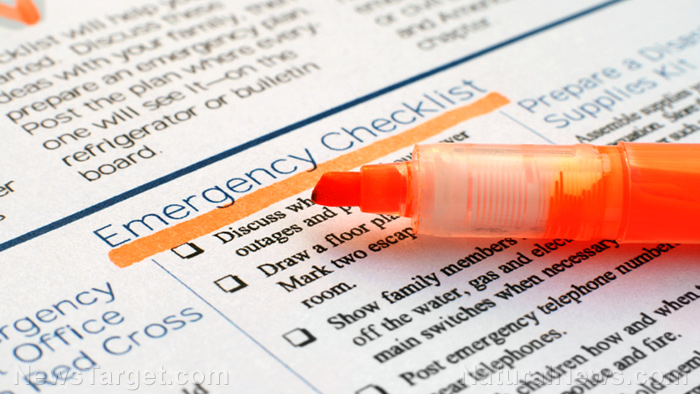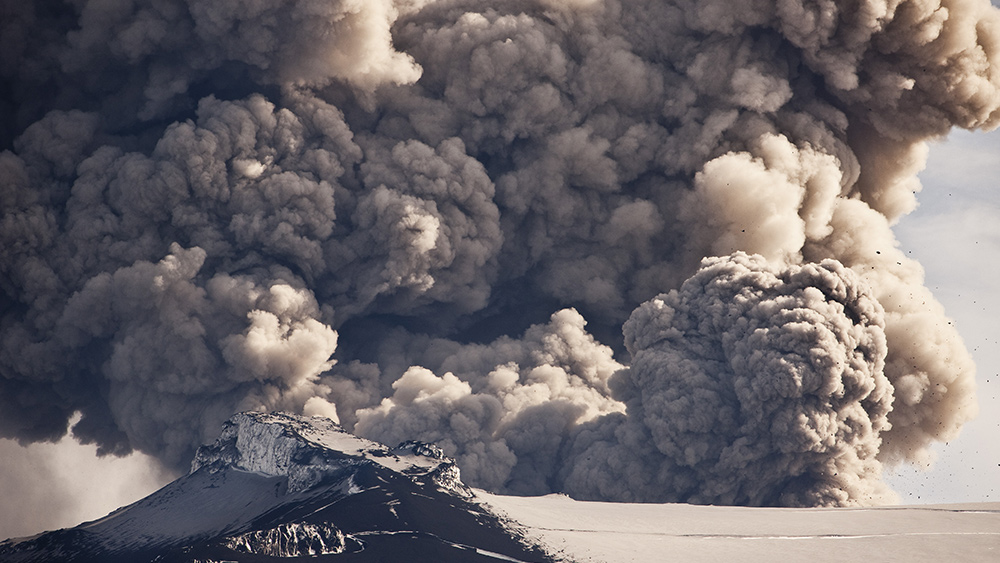
Thousands of coastal residents in Louisiana and Texas were forced to evacuate their homes due to Tropical Storm Laura. The storm is expected to be the season's first major hurricane and make landfall on Louisiana and parts of Texas on Thursday.
Laura, as well as Hurricane Marco, tore through the Caribbean and the Gulf of Mexico Sunday. It hit the Dominican Republic and Haiti, killing at least 10 people before moving on to Cuba Sunday evening.
Meanwhile, fears of a twin hurricane were put to rest as Hurricane Marco continued to weaken. It made landfall near the mouth of the Mississippi River but has since devolved into a remnant low located south of Louisiana.
On Sunday, U.S. President Donald Trump issued a disaster declaration for Louisiana in advance of Laura's arrival. He previously issued a similar declaration for Puerto Rico.
Tropical storm devastates Caribbean countries
Laura caused significant damage after hitting the Caribbean over the weekend.
In the Dominican Republic, three people were reported dead including a mother and her seven-year-old child who died due to collapsed walls. Laura also caused a widespread power outage that affected a million people in the country. More than a thousand were forced to evacuate and several homes along the Isabela River fell apart.
In Haiti, seven casualties were reported including two people who were swept by flood and a 10-year-old girl who died due to a felled tree. Port-au-Prince was also flooded and its coastal neighborhoods were strewn with debris. People waded in waist-deep muddy waters in what was described as one of the worst flooding incidents in the nation's capital in recent years.
In Cuba, officials and residents scrambled to evacuate thousands of people living along the coast and in inland areas vulnerable to flooding. Several trees were downed and flimsy roofing was ripped from some buildings due. According to the Cuban government, power had to be cut province to province as the storm traveled across the country.
Louisiana and Texas gear up for Laura
Tropical Storm Laura is projected to be much more devastating than Marco, which began dissipating as it approached the Gulf of Mexico.
According to the National Hurricane Center (NHC), Laura is forecast to evolve into a Category 3 hurricane. It will move over the northwestern Gulf of Mexico and approach upper Texas and southwestern Louisiana coasts on Wednesday before moving inland. NHC warned that Laura can whip up sustained winds of 115 mph and gusts up to 140 mph. Winds can extend out 175 miles.
Although a two-hander storm is now out of the question, authorities were adamant to evacuate residents especially those in coastal towns. Officials in Louisiana's coastal Lafourche Parish ordered residents from low-lying areas to evacuate their homes by noon on Sunday. In Louisiana’s southern tip, Grand Isle, authorities placed sandbags to support the town's protective levee.
The Federal Emergency Management Agency mobilized teams to operations centers in Louisiana and Texas, said spokesperson Earl Armstrong. Texas Governor Greg Abbott also sent more than 70 members of the Army and Air National Guards and the Texas State Guard to help officials with the storm response.
“Property and belongings can be restored, but lives cannot,” said Governor Abbott on Monday. “I call on all Texans who may be in harm’s way to put their safety and their family’s lives above all else.”
The U.S. Coast Guard called for ships in the Port of New Orleans to prepare in case the need to evacuate arises. Tulane University also said it will close down its testing center for COVID-19 in preparation for Laura. (Related: Prepare for common survival scenarios by stocking up on these lifesaving tools.)
Meanwhile, energy companies temporarily shut down oil production and pulled workers from their offshore platforms.
Equinor and BHP Group Plc shuttered and evacuated their oil-production platforms, according to their respective spokespersons. On Sunday, BP Plc, Chevron Corp and Royal Dutch Shell Plc closed down 58 percent of the Gulf’s offshore oil production and 45 percent of natural gas production. The Gulf is responsible for 17 percent of the total U.S. oil production, as well as five percent of the national output for natural gas.
Stay updated on Tropical Storm Laura at Disaster.news.
Sources include:
Please contact us for more information.





















